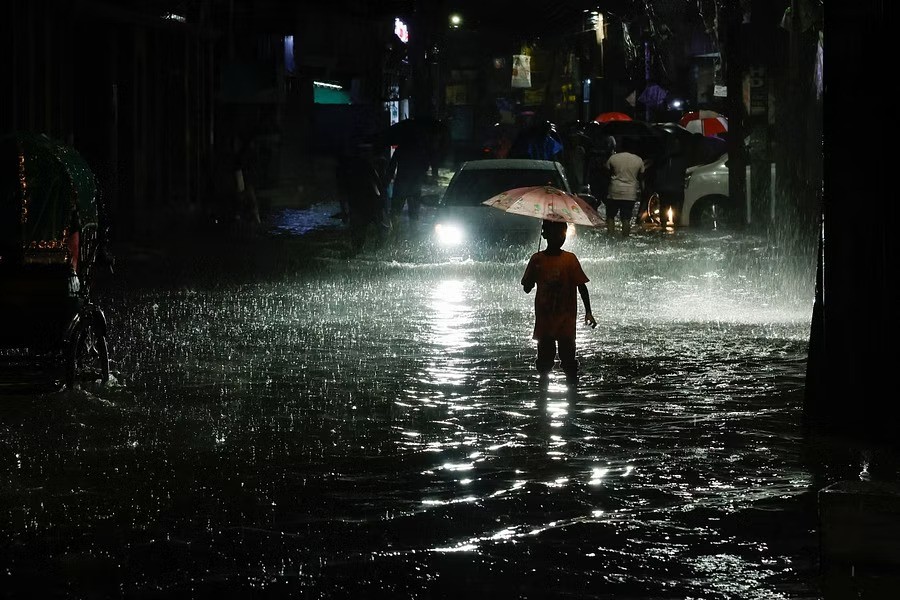The deadly Cyclone Sitrang has weakened into a land depression after crossing the coasts of Bangladesh between Chattogram and Barishal, leaving a trail of devastation with trees and utility poles uprooted, homes damaged and knocking out power and telecom connections, bdnews24.com reports.
Meteorologist Abul Kalam Mollick said around 2am on Tuesday the land depression is likely to move in a northeasterly direction to India’s Assam via Cumilla and Brahmanbaria while weakening further.
Bangladesh Meteorological Department has asked the maritime ports to lower the danger signal to cautionary signal No. 3.
It also said rains under the influence of the storm will continue on Tuesday.
In 15 coastal districts, more than 219,000 people were evacuated to temporary storm shelters from the path of the storm, the disaster management and relief ministry said.
The government prepared 7,030 shelters to give refuge to some 2.5 million people, according to State Minister for Disaster Management and Relief Enamur Rahman.
The cyclone ploughed through 13 districts - Barguna, Patuakhali, Bhola, Pirojpur, Jhalakathi, Satkhira, Khulna, Bagerhat, Barishal, Lakshmipur, Chandpur, Noakhali and Feni.
Barguna and Patuakhali were likely to bear the brunt of the damage the most, the state minister said.
The authorities have suspended river travel nationwide and closed airports in Cox's Bazar, Chattogram and Barishal in response to the storm.
After a deep low pressure in the Bay of Bengal turned into a cyclone, Mongla and Payra seaports were asked to hoist danger signal 7. The main seaport, Chattogram, was asked to follow danger signal 6.
Coastal Bangladesh, fringed by the Bay of Bengal, is home to about 40 million people in 19 districts.
On average, about one cyclone makes landfall in Bangladesh every year, striking the relatively shallow northern portion of the Bay of Bengal, raising the water level more than 10 metres above the mean sea level during “very intense cyclones”, the World Bank said in a September report.


